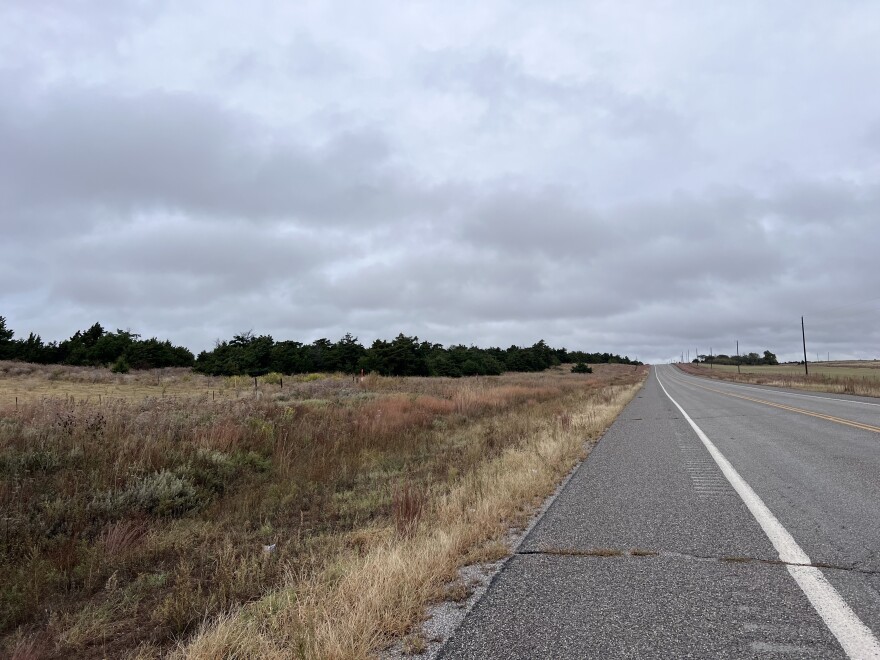Two years ago, six high school girls were killed in a crash while traveling east on Oklahoma State Highway 22 near Tishomingo. The 16-year-old driver of a small Chevrolet Spark hatchback slowed for an intersection, accelerated through a stop sign and was hit by a semi truck hauling gravel.
The 2022 collision has since been under investigation by the National Transportation Safety Board. The board’s final investigation report linked the crash to three factors – distraction from having five teen passengers in the car, limited driving experience and the driver’s likely impairment by recent cannabis use.
Board Chair Jennifer Homendy said states that have legalized cannabis need to do a better job educating young drivers about its negative effects on driving.
“There's a perception that in states where it's legal that it's safe and legal to drive impaired on marijuana,” she said.
According to the Insurance Institute for Highway Safety, it is legal for people 21 and older to use cannabis recreationally in 24 states and in Washington, D.C. Oklahoma doesn’t allow recreational use, but cannabis is legal for medical purposes.
Still, driving while impaired by cannabis is illegal everywhere in the U.S.
The Insurance Institute for Highway Safety found a spike in crash rates in studies focusing on the legalization of recreational cannabis use and retail sales in California, Colorado, Nevada, Oregon and Washington.
“Our latest research makes it clear that legalizing marijuana for recreational use does increase overall crash rates,” Insurance Institute for Highway Safety President David Harkey said in an independent study. “That’s obviously something policymakers and safety professionals will need to address as more states move to liberalize their laws — even if the way marijuana affects crash risk for individual drivers remains uncertain.”
The report on the Oklahoma crash cited additional studies showing cannabis “decreases motor coordination, slows reaction time and impairs judgment of time and distance,” all of which are critical for driving.
“The lesson from this tragedy is painfully clear,” said Homendy. “Marijuana is an impairing substance, period—and it’s a lesson we can’t afford to wait until driver’s ed to teach. We’re already behind when it comes to traffic safety, and marijuana-impaired driving is exacerbating the crisis. States have to do a better job of protecting road users from impaired drivers, regardless of the substance or its legality.”
Homendy said more is needed in advance to prevent crashes like this one in Oklahoma.
As a result of the investigation, the board issued new safety recommendations to the Oklahoma State Department of Education, the Oklahoma Highway Safety Office and the Oklahoma Department of Public Safety.
Recommendations included the development of a drug and alcohol abuse curriculum for local school districts that includes information about the risks of cannabis-impaired driving.
The agency also wants the Governors Highway Safety Association, the National Conference of State Legislatures and the National Association of State Boards of Education to tell members about the Tishomingo crash, reiterating the need for cannabis information in school and driver education at the national level.
This report was produced by the Oklahoma Public Media Exchange, a collaboration of public media organizations. Help support collaborative journalism by donating at the link at the top of this webpage.








